A massive percentage of the nursery rhymes we read our children or let them watch on YouTube or TV feature animals in leading character roles. For example, take this latest playlist I put on for my little one the other day:
- Five Little Monkeys
- Baa Baa Black/White Sheep
- Hickory Dickory Dock (the mouse ran up the clock)
- Old McDonald (had a farm)
- Five Little Ducks (went swimming one day)
- Itsy Bitsy Spider
- Three Blind Mice
- Three Little Kittens (who lost their mittens)
The list goes on…
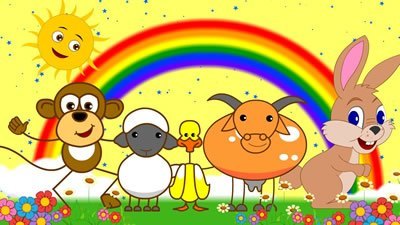
Photo Credit: Kids Camp Youtube Channel
So many great kids’ stories feature animals too, like Peter Rabbit and Little Red Riding Hood.
Children simply love animals. And we teach them to do so.
These nursery rhymes and stories teach our children that animals are just like us. Piglets and puppies are cute, cows make a funny moo sound, sheep are soft and cuddly, chicks chase after their mum all the time, ducks love swimming, birds sing in the trees each morning and goats love to skip around having fun.
These nursery rhymes and stories teach our children the reality that animals have families, just like us. They have children, which they nurse and protect from harm.
Yes. The message is loud and clear: Animals share our world, and have as much right to enjoy life as we do.
And so it got me to thinking…
…At what point, after putting this positive, compassionate message across to our children, do we tell them that we’ve been killing these animals and feeding them the flesh?
Of course, being a vegan, I don’t do that now. But my mum did it to me, and I’m sure I fed my cousins and nieces and nephews meat and dairy when they were younger. Mums all over the world do it every day; it’s what we’re taught to do.
I’m not saying you’re a bad parent for feeding your child meat and dairy. I’d be a hypocrite if I did because I haven’t always been vegan. But it was conscious thinking like this that made me go vegan.
And so the point of this post is simply to highlight the hypocrisy of pretending we love animals, teaching our kids to love animals (through nursery rhymes and stories) and then killing them, mercilessly and unnecessarily, and feeding them to the family.
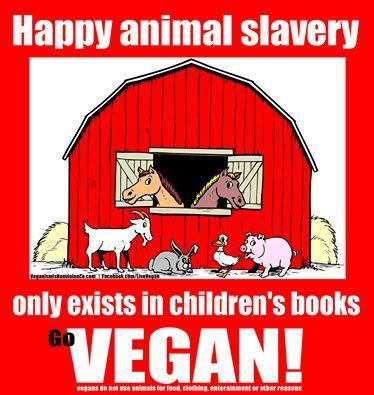
The other side of this is that a young child doesn’t have a chance to decide for itself. Unwittingly, children feast on pork, chicken and beef while still watching those same cartoons with cute animals living freely and enjoying life, and still getting read those bedtime stories featuring a host of different species that live in a magical, loving world.
I guess we justify this by telling ourselves that our kids need to eat these animals to be healthy; a sort of “it’s us or them” approach – survival of the fittest, not the cutest.
But this is a lie.
And when a child comes of an age of understanding and asks why they have to eat the cute animals, we respond by saying something like, “We have to kill the animals because we need to eat”. Or, “God gave us animals as food”. Or, maybe you’ll go for the fear factor and say, “If we don’t eat meat, we’ll get sick”.
In saying this, though, we set ourselves up to be exposed as a hypocrite, especially when kids ask, “But why don’t we eat dogs and cats then?”
How do you reply to this question?
“Dogs and cats are pets, so we don’t eat them”. Or, “You can’t eat dogs and cats, it’s not good for you”.
You see the lie has to get deeper and more absurd to avoid the simple truth that it’s unnecessary. You find yourself spinning a web of lies that absolutely misleads and confuses your child. This lie must extend to any pet your child adopts during their childhood, including the school hamster, a goldfish from the fair, a pet rabbit or lizard.
We also come unstuck when our children find out that certain cultures do eat dogs and cats, and lizards, for that matter. What then? Think up another lie? Confuse your child even more?
All this does is teach our children to be speciest, to be prejudice against certain animals and not others. Teaching this selective type of love and hate, like and dislike, is a dangerous way to bring up a society, and surely a pathway to other prejudice such as racism.
Speciesism: A prejudice or bias in favour of the interests of members of one's own species and against those of members of other species. ~ Peter Singer, Animal Liberation, 1975
It’s funny, because as parents we say we only ever lie to our children to protect their feelings. But these lies aren’t protecting anyone. These are blatant lies that attempt to mask our own guilt at hurting the animals we teach our children to love, and indeed claim to love ourselves.
This lying breeds hypocrisy, because kids grow up saying they love animals while at the same time having to (and learning to) turn a blind eye to the torture on farms and inside slaughterhouses. I grew up the same way. I loved the piglets my granddad kept on his pig farm, but always ran away and hid when the time came to sell them for slaughter.
As much as I try, I’ll never be a perfect mother, not by a long shot. But when I sit down and look at the joy on my child’s face as she sings and dances along with the animals in the nursery rhymes on Youtube, and the love she feels when she strokes and tries to kiss our dog, there’s no way I can consciously feed her meat and dairy when she can be perfectly healthy without having to hurt the animals she adores.
When she’s old enough to decide if she she wants to eat meat and dairy, she can make the decision based on her experience of animals and her feelings towards them.
As a final thought…
If we teach children that it’s okay to maim, torture and kill animals, what message are we giving them regarding love and compassion? Surely if we teach children to love, respect and take care of all sentient beings, this will extend to other humans and make the world a far more peaceful, loving place.
Just thinking out loud.

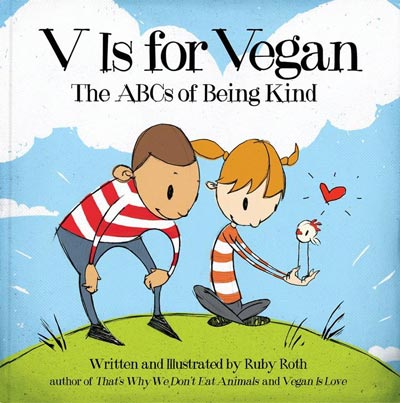
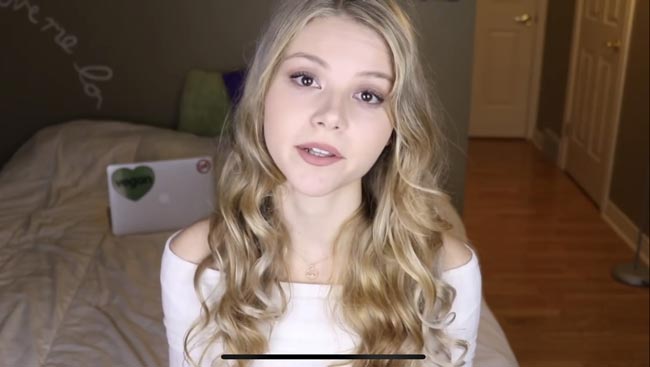
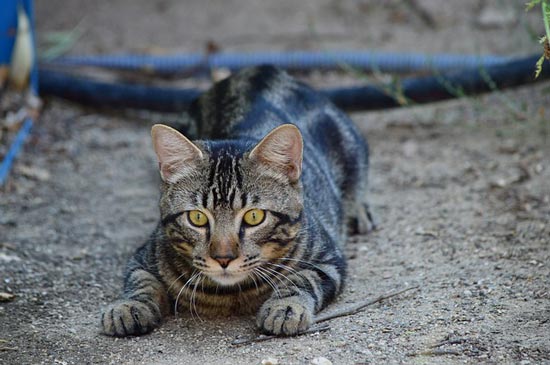
I have a question — it’s a little off topic from this post, but it’s vegan centered…I’ve lived in countries all over the world and many of them just do not have any sort of significant vegan options available — even in grocery stores. So what do you do when you’re traveling or living overseas??
Feb 07, 2015 at 3:11 pm
A big part of meat-free travelling is discovering the local vegetables; the west is singular in its consumption of meat in that we eat so much of it. In the far east, meat is used as flavour rather than being an 8oz steak. With a vegan mind on the road as at home I like to cook for myself as much as possible. If this isn’t an option, then I’ll eat what I can, even if it’s just plain veg and rice. Generally though, it’s down to experimenting with strange plants- although it can be a great conversation starter with local people asking them how their food is cooked.
Feb 07, 2015 at 7:29 pm